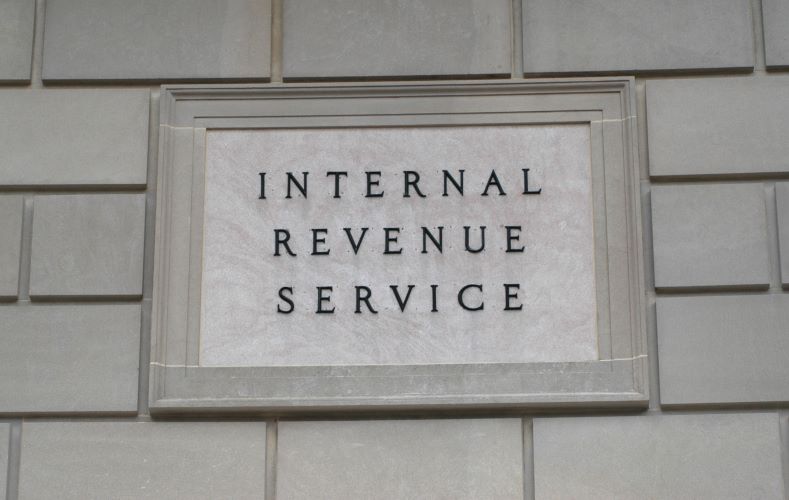Everyone loves a great comeback story, and in recent weeks, small employers have witnessed a potential rebirth for a very beneficial tax strategy that had previously been curtailed: the Health Reimbursement Arrangement.
Prior to Obamacare
Many small employers cringe at purchasing expensive group health plans for their employees, even though many of these same employers genuinely believe in the need to provide affordable health care options to their employees. They recognize the need, but understandably they need a fixed, predictable cost and fewer administrative headaches. As a result, many employers in years past chose to provide either an Employee Payment Plan (EPP) or a Health Reimbursement Arrangement (HRA). Each of these arrangements allows an employer to reimburse their employee, on a pre-tax basis in accordance with Section 106, for insurance and care that the employee selects on their own. The difference between the two plans was essentially that the HRA provided for reimbursement up to a specified dollar amount pre-determined by the employer. These arrangements served small employers well, as it allowed them to provide non-taxable amounts for health coverage without burdening them with the responsibilities of plan administration.
Obamacare Changes
Much to the dismay of small employers who utilized these plans, the Affordable Care Act (ACA) dealt them what amounted to a fatal blow. As detailed in Notice 2013-54, EPPs and HRAs are generally considered to be group health plans within the meaning of Code Section 9832(a), meaning that they were subject to all of the market reforms required in the ACA. This includes the requirement to provide preventative services, and the prohibition against an annual limit on the amount of benefits. Of course, the whole intention behind a small employer utilizing a HRA was to avoid being required to administer plan terms, and to define/limit the cost to the employer. And the costs of not complying with the ACA requirements were severe. Beginning on January 1, 2014, a small employer who continued to utilize a non-compliant EPP or HRA for more than one eligible employee were subject to a penalty of $100 per employee, per day under Section 4980D. That’s $36,500 per employee per year, if you wanted to continue using an HRA.
The 21st Century Cures Act
After 18 months of attempting to find alternatives, or giving up on providing benefits, small employers have been given hope. In late December 2016, Congress brought back the ability for small employers to reimburse employees for insurance plans purchased on the open market. The previously utilized EPP plan is still a problem, but a properly structured “qualified small employer health insurance arrangement” (QSEHIA) will allow employers to provide non-taxable benefits to employees. While this is slightly different from the previously existing HRA, the new plans operate in basically the same manner that an HRA did prior to the ACA. The 21st Century Cures Act exempts this new “QSEHIA” from the definition of a group health plan, and thus from the ACA mandated reforms and associated penalties of section 4980D. To qualify, the arrangement must meet a few simple requirements:
- The employer must have fewer than 50 full time equivalent employees
- The same terms must be offered to ALL eligible employees
- The employer must put the same amount away for each employee
- The amount set aside for the employee cannot exceed $4,950 for single coverage or $10,000 for a family plan (inflation adjusted)
It is worth noting, that while the law requires the same amount to be put away for all employees, it also provides for a variance based on how an employee’s premiums may vary because of age. Thus, if Employee A is 25 years old and Employee B is 55 years old, and it’s documented that Employee B’s premiums for coverage under the same plan are $1,000 higher than A’s, then the plan could allow for additional amounts to Employee B without running afoul of requirement #3 listed above.
A few administrative requirements also need to be met:
- The employee must provide proof of coverage to obtain reimbursement
- Notice must be provided to all employees at least 90 days before the beginning of the plan year (no penalty for 2017 if notice is provided by March 13, 2017)
- The value of the benefits must be provided for informational purposes on the employee’s W-2, even though the payments are not subject to income or payroll tax
Additional Actions
On January 20, 2017, President Trump signed executive orders that directed his political appointees to
“…exercise all authority and discretion available to them to waive, defer, grant exemptions from, or delay the implementation of any provision or requirement of the Act [ACA] that would impose a fiscal burden on any State or a cost, fee, tax, penalty, or regulatory burden on individuals, families, healthcare providers, health insurers, patients, recipients of healthcare services, purchasers of health insurance, or makers of medical devices, products, or medications.”
While the executive order doesn’t repeal or append existing law in any way, it does provide insight into what the President’s expectations are in terms of enforcing compliance with the ACA. If taxpayers are so inclined to “skirt” requirements relating to group health plans, it is incumbent upon the IRS and the Treasury to enforce the rules. Reading the executive order between the lines, it is conceivable that leadership (the not-yet-named IRS Commissioner and the yet-to-be-confirmed Treasury Secretary Steven Mnuchin) could be less than inclined to do so.
While the Passage of the 21st Century Cures Act recreates a version of the previously popular HRA rules, we fully expect that we will see additional activity and legislation to provide further options and incentives for small employers to fill the gap that will eventually be created in the presumed repeals/replacements of various parts of the ACA.
If you have questions on this legislation, or any other tax matters that impact you, please contact us.








